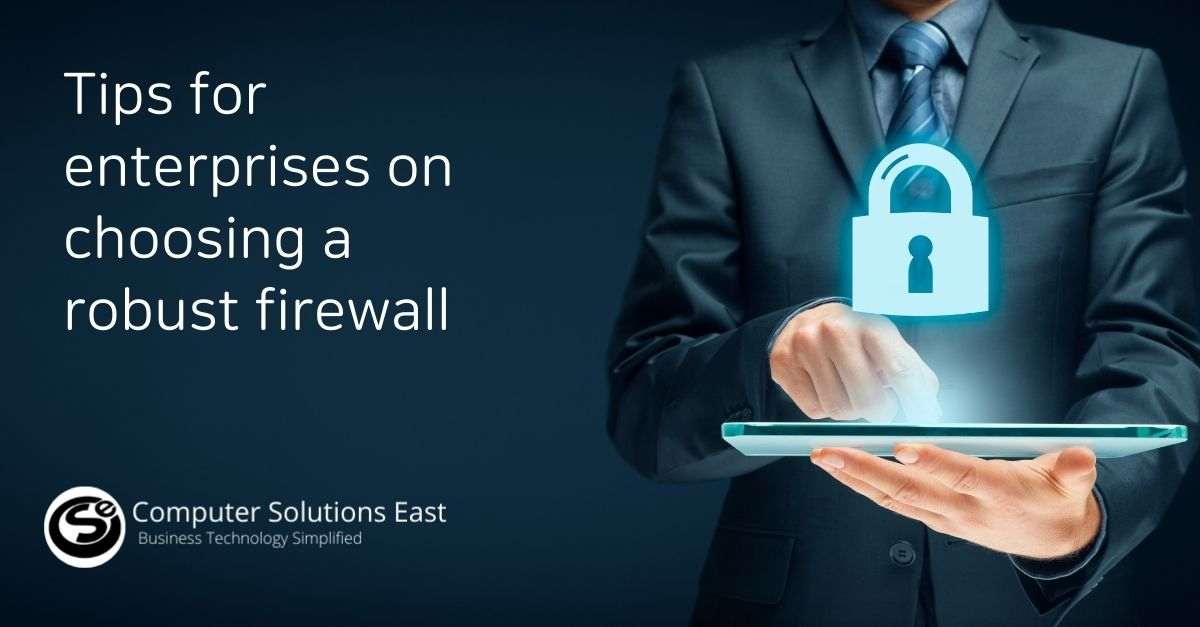Understanding the Cloud Security Essentials for Public Cloud Setup
The adoption of managed cloud security services is accelerating. Gartner projects that global public cloud end-user expenditures would increase 18 percent to $304.9 billion in 2021. Businesses use hybrid and multi-cloud strategies to innovate digitally, modernize processes, increase efficiency, and collaborate across teams. With the correct public cloud strategy, your developer team can quickly access the resources they require to advance your organization.

However, like with any technology, there is some danger. Security breaches occur, and public cloud security managed services have facilitated the growth of managed cloud security services with shadow IT and other risks to your mission-critical data and infrastructure.
To assist your firm in making sense of the current cloud computing security landscape and advising on the best course of action.
Not letting the public cloud set up for failure.
Public cloud services integrate with numerous facets of your business. These managed cloud security services employ networked gadgets to introduce a slew of problems if not configured correctly. According to the 2020 Sophos State of Cloud Infrastructure Security Report, the market statistics corroborate this: 66% of firms provide back doors for attackers through misconfigured cloud services, and 22% of breaches occur due to cloud resource misconfiguration.
Establish best business practices for your managed cloud security setup process to guarantee that the work you’ve completed is accurate. Mistakes will always occur; therefore, managed cloud security services ensure proactive measures to identify potential misconfigurations. For instance, make resource provisioning based on robust blueprints to avoid malfunctions using appropriate input fields.
Creating security for the development process on the front-end
You’ve undoubtedly heard about, or been a part of, a scenario like this: A development team creates an application that is ready for production but is held up by the security team’s discovery of numerous flaws. This can result in delays or a rush to get the software into a show and address security concerns afterward by leveraging managed cloud security services.
A guaranteed approach to prevent the issue is to incorporate security into all development stages. Much is made in the public cloud world about a “shift left” system for Develops or integrating security into every step of the development process. In the long term, this is the best way to ensure the security of your products and the satisfaction of all stakeholders. In this manner, when a red security flag is raised at any level as a part of cloud-managed security —development, staging, or production—the appropriate alerts are delivered, and the right actions are done to remedy it.
Secure the credentials
As the 2017 OneLogin hack shown, AWS access keys are frequently leaked. They may be accessed through their public websites, open-source repositories, unencrypted Kubernetes dashboards, and other public forums. Consider AWS access keys to be the most valuable resources and teach engineers about the dangers of disclosing such keys in discussion boards.
Create unique keys with each external service and adhere to the concept of least privilege when restricting access. Ascertain that managed cloud security services possess keys that do not have excessive permissions. They can be exploited to access sensitive applications and services if they fall into the wrong hands. Create IAM roles to grant specific permissions, such as the ability to make API requests.
Ensure that keys are rotated regularly to prevent attackers from intercepting compromised passes and infiltrating datacenters as privileged users. It is strongly recommended that root accounts are not used even for administrative functions.
Assign privileges to the newly created user with the root user. Use the root account for specific funds and service management activities, but don’t let it access anything else. Provide users with the required permissions for everything else.
Remove inactive users from the system. There’s no point in offering attackers prospective avenues of entry if no one is utilizing such accounts.
Security hygiene still matters.
Defense-in-depth is critical when protecting cloud environments because it ensures that the application, network, and data remain secure even if one control fails.
MFA adds security to the login and password, making it more difficult for attackers to break in. MFA should be enabled to leverage managed cloud security services to limit access to management interfaces, dashboards, and privileged accounts.

Improve visibility
For logging tools, all the major cloud providers offer some security logging and monitoring level, so be sure to enable both to keep an eye on unauthorized access tries and other problems. An Amazon feature called CloudTrail offers the ability to audit AWS environments, but many enterprises fail to activate it. To help you better understand AWS CloudTrail, this option includes identifying information from all API calls, including the name of the API caller, the time of the call, the caller’s source IP address, the demand parameters, and the AWS service response components. Change tracking, resource allocation, security analysis, and compliance audits with managed cloud security services to ensure robust security.
Rather than focusing exclusively on possible attacks, as many management and security services professionals are taught to do, Bisbee suggests that you should also endeavor to understand your enterprise’s entire infrastructure and what runs on it.
To be sure, this can be difficult in today’s more complicated multi-cloud systems. “However, it is a lot more straightforward to comprehend how something should act and then observe when it does so than fostering guessing fame. When you have managed cloud security services, you are assured of a comprehensive view of your environment and an understanding of what to expect; you could much more effectively detect hazards such as misconfigurations and take proactive measures to mitigate risks. Security, in the end, is about awareness, not check.


